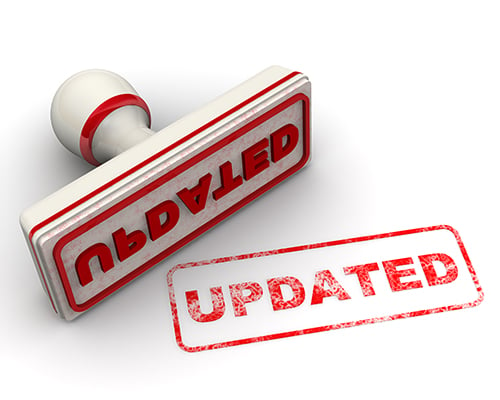
The long awaited 3rd edition of the CQI-11 Special Process: Plating System Assessment (PSA) has been released. This new edition supersedes the 2nd edition assessment which has been active since February 2012.
CQI-11 was developed with the intent to help better evaluate the quality systems in place at plating shops supplying OEM automotive coatings such as zinc and zinc alloy electrodeposits, decorative plating applied to metal or plastic substrates, and hard chromium deposits, as well as electroless nickel and electropolishing processes. The objective of the 3rd edition PSA was to update as needed, improve document clarity, and include the ISO 9001:2015 and IATF 16949:2016 Quality Management System concepts of “Process Approach” and “Risk Management.”
CQI-11 3rd Edition includes numerous updates and improvements. Each requirement now includes a definition with points to be considered. Also, additional guidance has been added in the form of questions which provide examples of what can be considered acceptable objective evidence. These updates and improvements, along with several others, are intended to provide the greatest likelihood that all the requirements are addressed during each assessment.
Objective evidence is still required, as it was in the 2nd edition, however, requirement statuses are now denoted as either “Conforming,” “Nonconforming,” or “N/A.” This new terminology more accurately reflects the intent of this document. Even with the ability to state why the indicated requirement status does not put the process at risk, it feels much more appropriate, and likely, to indicate a requirement status as “Nonconforming” than any of the 2nd edition assessment options (i.e., “Not Satisfactory,” “Needs Immediate Improvement,” or “Fail”).
A new section in the 3rd edition PSA has been dedicated to providing further clarification for existing pyrometry requirements. The intent of this new section is to:
- More clearly define the applicable pyrometry requirements
- Provide guidance regarding proper pyrometry testing methodologies
- Harmonize the CQI-11 pyrometry testing methodologies with those denoted in the CQI-9 Heat Treatment System Assessment.
While the pyrometry requirements are still process based, they are now more clearly defined. Additional details regarding acceptable practices for each pyrometry test process are now included in the 3rd edition.
Another exciting new feature of the CQI-11 assessment is the optional Form Builder. Form Builder allows the assessor to prepare a tailored process assessment document which better details the exact current process on the system being assessed. For example, if the process includes an off-line cleaner, an in-line soak cleaner, and an in-line electrocleaner, Form Builder can add assessment sections for each of these steps. Additionally, for each step of the process being evaluated, the process assessment now also includes a dedicated space to adequately document any job audit findings. These improvements can help streamline the data collection portion of the assessment process, reduce confusion and ambiguity, and make it easier to evaluate for conformance to the requirements of the process.
Lastly, requirements for all test equipment associated with each process are now denoted at the end of each process table. The intent of this change was to ensure that all applicable and critical test equipment is properly evaluated and assessed per the requirements of Process Table I – Process Control and Testing Equipment Verification and Calibration.
To order the new CQI-11, click here.

